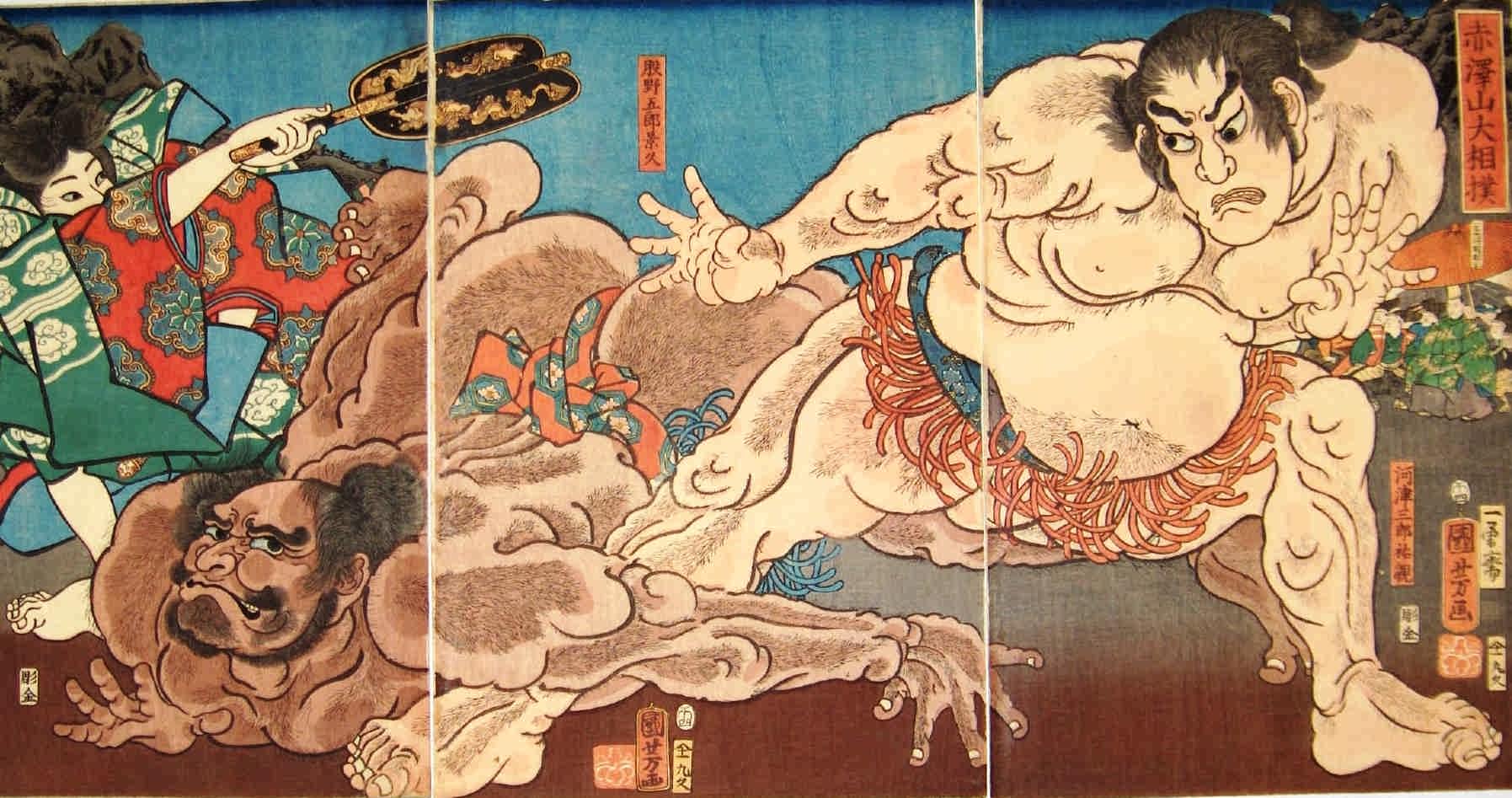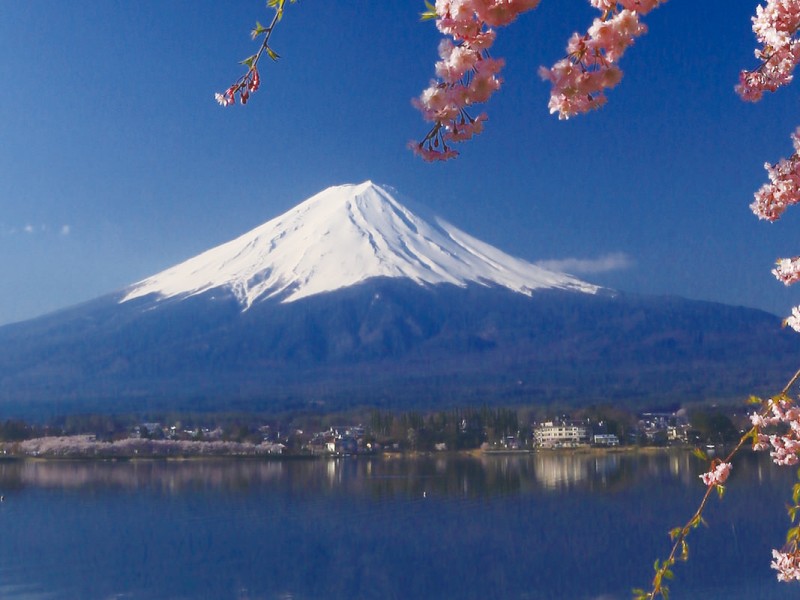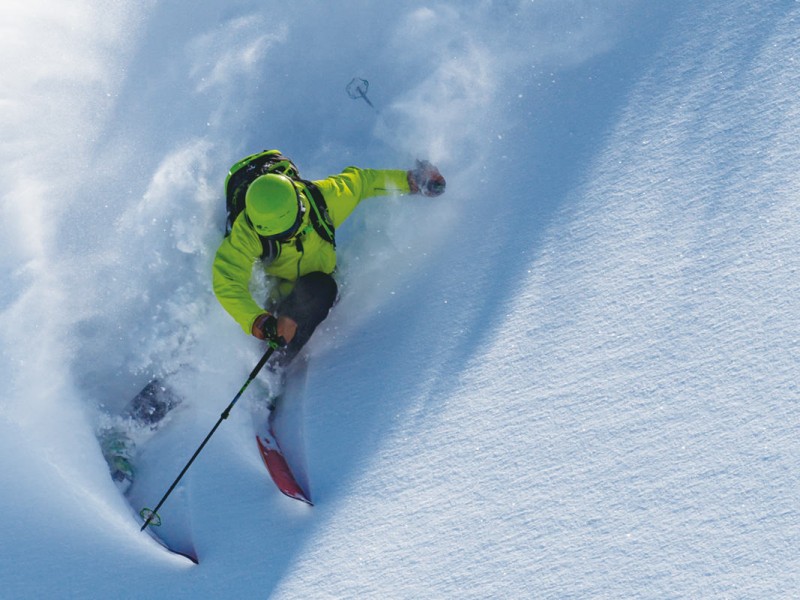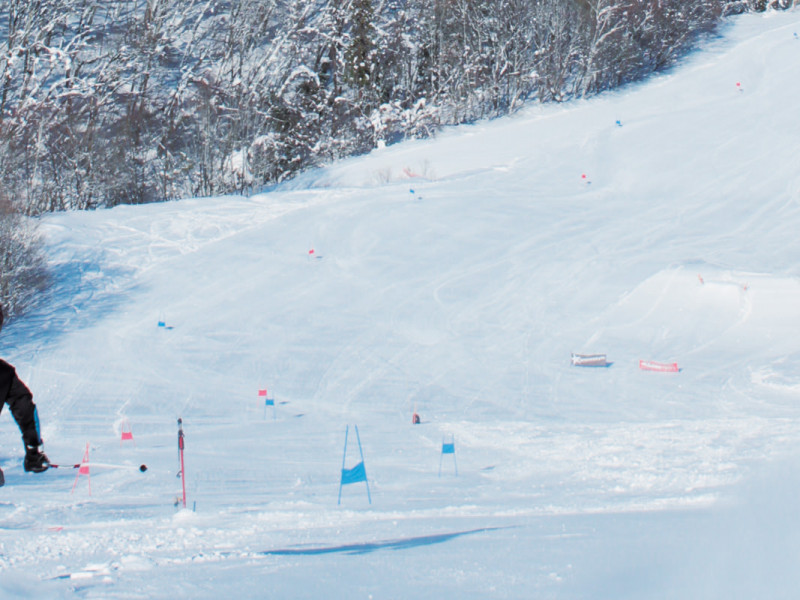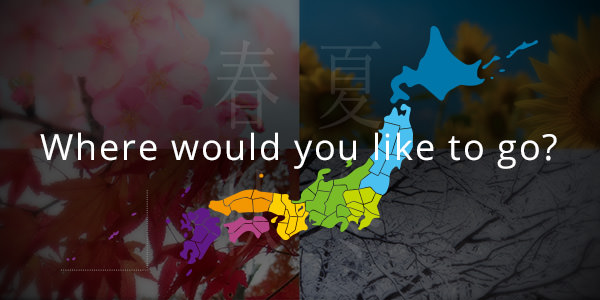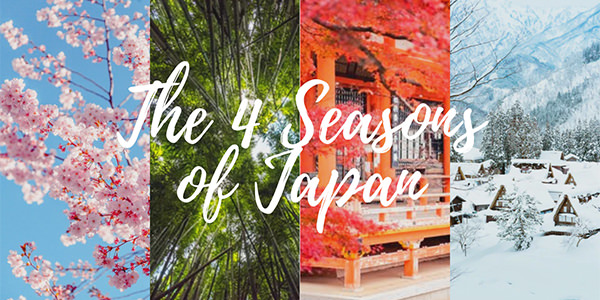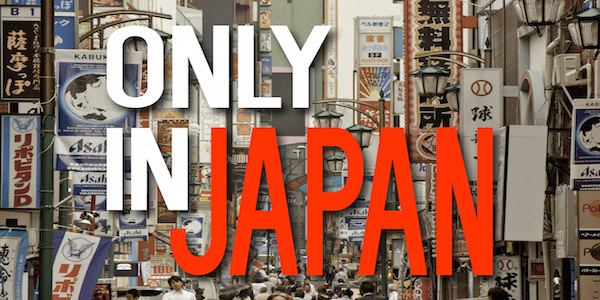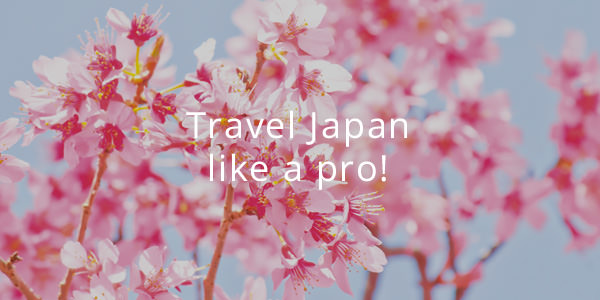Sumo is a national sport of Japan; a form of wrestling that has over a thousand years of history!
 Image via Robb Report
Image via Robb Report
Even after all of these years, it’s much loved by the Japanese people, and it’s a mainstream sport that can be watched freely on television. Viewing sumo at a tournament is one of the most exciting and traditionally Japanese experiences you can have in Japan.
By the end of this article not only will you know when and where to watch sumo this year but you will know all you need to know about sumo.
Similar to the gladiators in Ancient Rome, it is said that sumo began as a part of a Shinto ritual ceremony to entertain the gods and by extension, the emperor and royals. It has also been told that Sumo was a sport that the gods practiced and was given to the Japanese people 2,000 years ago.
 Image via ModDB
Image via ModDB
Till this day the principles of the Shinto religion is a big part of the daily life of sumo wrestlers and the sport itself.
For example, you will see that above the clay wrestling mound – known as dohyo – is a sort of a canopy that looks much like the roofing of a Shinto shrine – this is an indication that the ring is sacred. When the wrestlers get up for a match, they throw salt upon the ring before they start to cleanse the ring.
Unlike the gladiators of Ancient Rome, sumo wrestlers are willing participants, and only those with great potential and talent, as well as passion for sumo get to enter one of the sumo stables that belong to the Japan Sumo Association.
The head of these houses are known as oyakata, sort of a stable master that oversees the training of wrestlers. The training of a professional sumo wrestler begins at an early age, and those who are selected by an oyakata enters the house at around 15 or 16.
Their highly disciplined daily training and lifestyles have barely adapted to the modern world. Sumo wrestlers are to grow their hair to wear in a chon-mage (a traditional Japanese top knot) and must wear kimonos in public. What’s more is that the lower the ranking, the lesser quality of the kimono you get.
 Image via Earth Trekkers
Image via Earth Trekkers
Sumo is a hierarchal sport. From the training all the way to what to wear is all based on the wrestler’s standing in the hierarchy. The lower rank wrestlers are expected to do grunt work – cooking, cleaning, taking care of higher ranked wrestlers…
The ranking is determined by performance. The longer the winning streak, the higher the ranking for the next tournament. This system is brutal in a way that even higher ranked wrestlers can be demoted down after a long losing streak.
A sumo match usually takes less than a minute, however it can go up to several minutes. It’s a quick process, that requires ferocity and determination. Each day of tournament, the lower ranking wrestlers will participate in about 7 matches where the higher ranked wrestlers will only take one or two matches.
There are mainly two ways to win a sumo match or rather lose a sumo match: one must force his opponent out of the ring OR one must force his opponent to touch the ground with any other part but his feet. There are set legal and illegal moves, and if a wrestler performs an illegal move they are disqualified.
 Image via Kanpai Japan
Image via Kanpai Japan
The judgement is all up to the Gyoij, however, there are five judges on the sidelines in the case of any inconspicuous movements that will consult the Gyoji for a final judgement. In rare cases, the wrestlers may be required to re-do the match.
In total there are six tournaments in a year, starting at Kokugikan in Ryogoku, Tokyo in January. Below are the upcoming tournaments for 2018!
March – EDION Arena Osaka: March 11-25
May – Kokugikan: May 13-27
July – Aichi Prefecural Gymnasium: July 8-22
September – Kokugikan: September 9-23
November – Fukuoka Kokusai Center: November 11-25
Check out the official Sumo Association website for ticketing info.
 Photo by Victor Decolongon/Getty Images
Photo by Victor Decolongon/Getty Images
Sumo is certainly has one of the largest following in sports in Japan. Everything about it is big – from the wrestlers, to the stadiums, to the history…
If you are looking to experience authentic and traditional Japan, a ticket to a sumo tournament is you ticket to exactly that.


